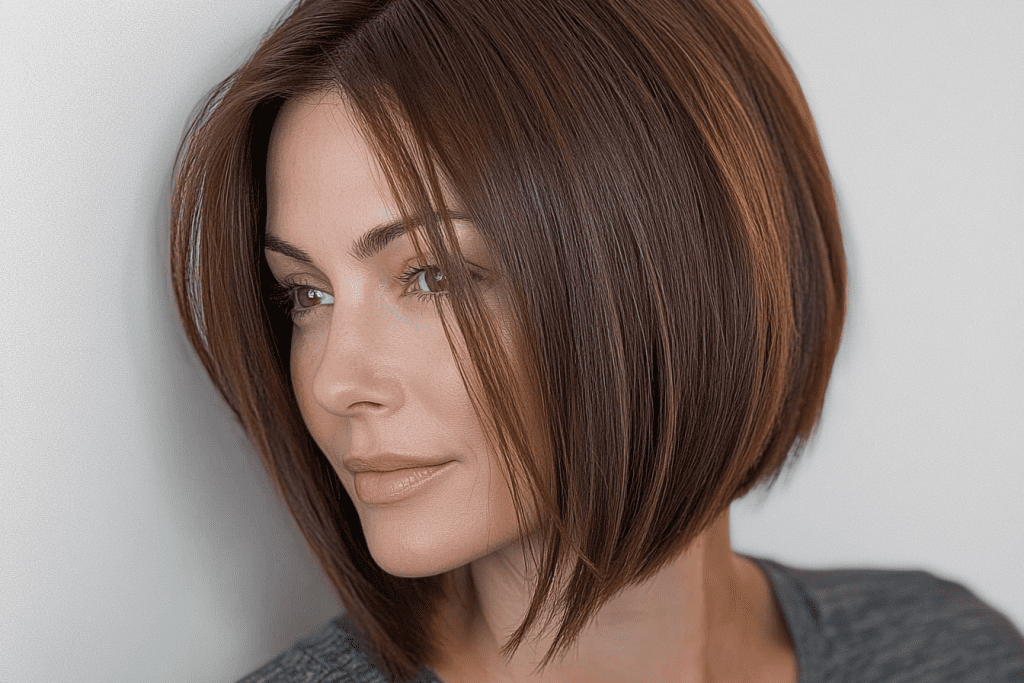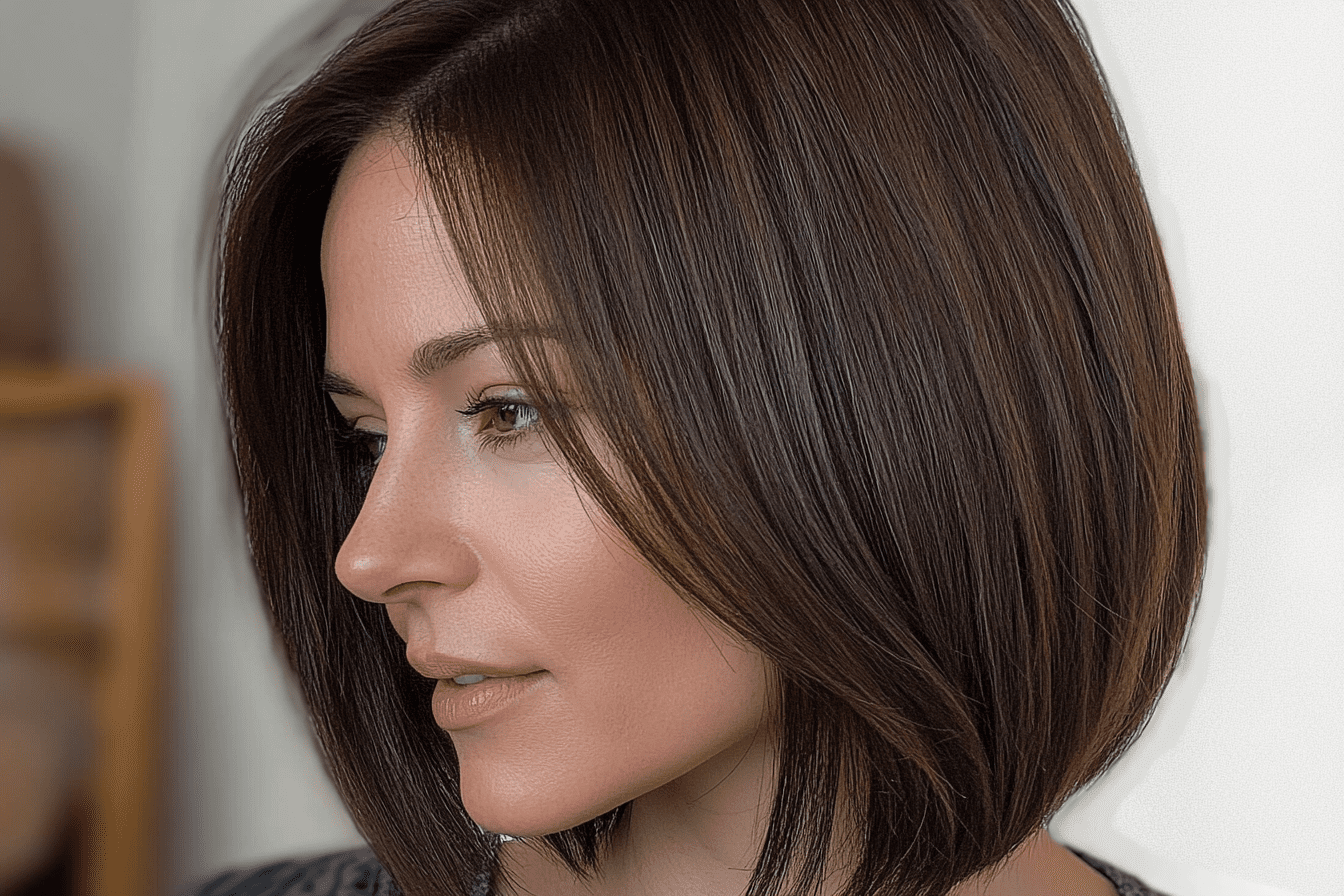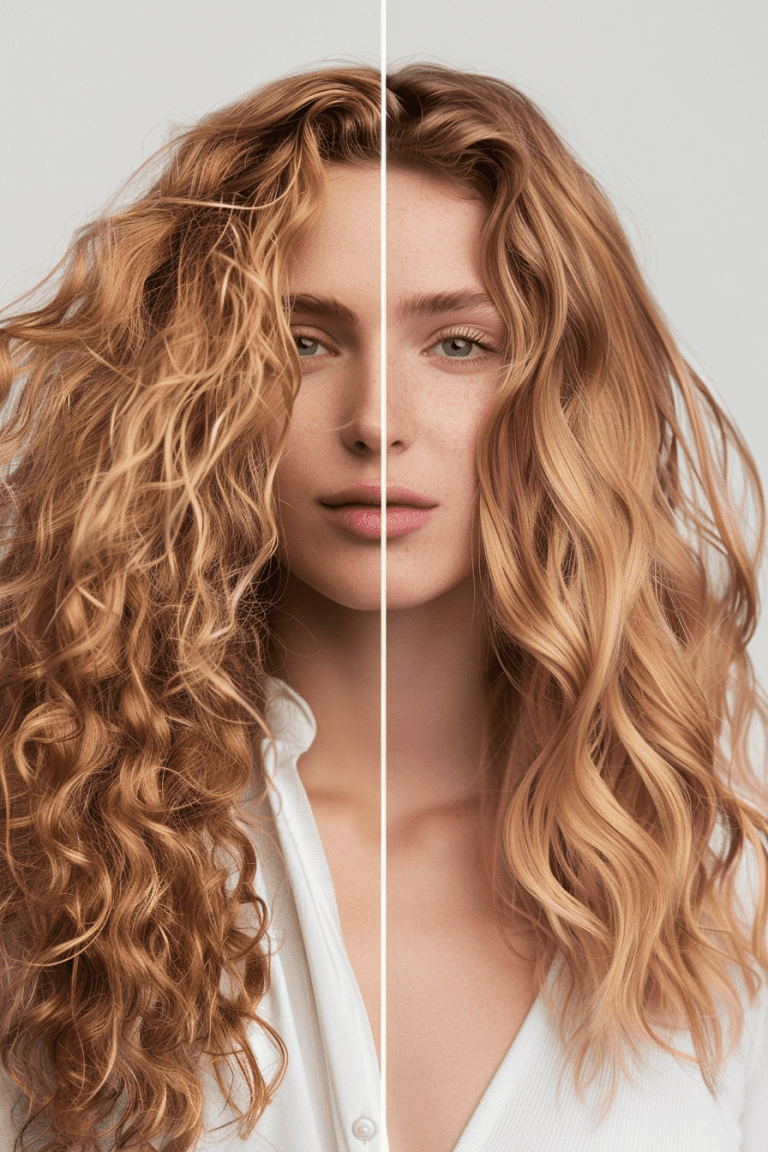How to Find the Perfect Hair Care Routine for You
Let me begin by saying that I’m not just here to teach you how to establish the right hair care routine for yourself.
No. I am also here to save you from the treacherous vortex of bad hair decisions that spiral out of control faster than you can Google “how to fix a DIY haircut gone wrong.”
Because if you’ve ever stood in front of a mirror, holding a pair of craft scissors while whispering, “It’ll grow back,” then my friend, this is your intervention.
Hair care is personal. It’s intimate. It’s like dating, except the commitment is literally attached to your head, and you can’t ghost it. (Well, technically you can shave it all off, but that’s a dramatic finale we’ll save for a later chapter.)
For years, I believed I could force my hair into submission—because obviously, hair listens to threats and Pinterest boards, right? Wrong.
It turns out, that hair doesn’t respond well to ultimatums, much like cats, toddlers, and grown men in tight jeans.
You have to meet it where it’s at. And step one? Figure out what your hair actually wants.

I know what you’re thinking: But how do I know what my hair wants? It doesn’t talk to me! Oh, but it does.
It whispers little secrets into your life every single day.
Like when it starts breaking off in chunks because you decided to bleach it at home during your 3 a.m. existential crisis. (Been there. Would not recommend it.)
Or when it frizzes up in rebellion against that bargain-bin shampoo that smells like watermelon Jolly Ranchers but dries your scalp out like the Sahara.
Your hair is communicating; you just need to learn how to listen.
Why Your Hair Deserves Its Own Routine
Let’s be real, your hair is like a drama queen’s best friend who always wants attention but doesn’t really know what it needs.
Sometimes it’s dry and screaming for moisture.
Other times, it’s greasy and begging you to step away from the conditioner.
It tangles, it breaks, and occasionally it decides that today is the day it will poof out like a deranged pufferfish.
My Hair Care Journey: From Chaos to Clarity

Before I figured out my routine, my hair and I had what could best be described as a toxic relationship. I ignored its needs, and it punished me by looking terrible in every photo.
I once went an entire month using shampoo for “volume and bounce” when my hair was already frizzy and overwhelmed.
The result? I looked like I’d been electrocuted.
It wasn’t until I started working as a stylist that I realized the key to happy hair wasn’t about piling on products or obsessively straightening it into submission.
It was about understanding what my hair actually needed.
For me, that meant accepting that my fine, wavy hair was never going to look like thick, glossy Instagram hair, and that was okay.
I learned to embrace products that enhanced my natural texture instead of fighting against it.
I swapped my harsh shampoo for a sulfate-free option, started using a leave-in conditioner religiously, and—this was the game-changer—finally figured out how to use a diffuser without looking like I got caught in a wind tunnel.
Step One: Know Thy Hair
The first step in building your routine is figuring out what kind of hair you have. And no, “a hot mess” doesn’t count as a hair type (although, same).
Here’s what you need to consider:
1. Texture:
Is your hair straight, wavy, curly, or coily? Each type has its own quirks and needs.

2. Thickness:
Is your hair fine, medium, or thick? This affects everything from how products absorb to how your hair holds a style.
3. Porosity:
How well does your hair absorb and retain moisture? High-porosity hair soaks up moisture but loses it quickly, while low-porosity hair is more resistant to absorbing moisture in the first place.
Once you know your hair type, it’s much easier to figure out what products and techniques will work best for you.
Step Two: Build a Routine That Works for You
Here’s the thing about hair care routines: They don’t have to be complicated.
I know it can feel like you need a 27-step ritual involving scalp scrubs, oils, masks, and a prayer circle, but trust me, you don’t.
A good routine can be as simple as three or four steps, as long as they’re the right steps.
Cleansing
Start with a shampoo that suits your hair type. If your scalp gets oily quickly, go for a clarifying shampoo once a week.

If your hair is dry or damaged, opt for something hydrating and sulfate-free.
And if you’re somewhere in between? Look for a gentle, everyday shampoo that balances cleansing with moisture.
Conditioning
Conditioner is non-negotiable. It smooths the cuticle, adds moisture, and makes your hair easier to detangle.
If you have fine hair, stick to lightweight formulas that won’t weigh you down.
For thicker or curlier hair, go for something rich and creamy.
Treatment
Think of this as the “extra credit” step.
Depending on your hair’s needs, this might mean a weekly deep-conditioning mask, a protein treatment for damaged hair, or a scalp scrub if you’re dealing with buildup.
Styling
This is where you can customize your routine based on how you like to wear your hair.
Heat protectant is a must if you’re using hot tools, and a good leave-in conditioner or styling cream can help tame frizz and add definition.
Step Three: Take a Breather

The bad thing about hair care treatment is the following:
There are no ‘temple hair’ fundamentals.
The requirements of your head of hair may differ with time of the year, dietary changes or in the presence of stress.
What is effective in summer may not be the case in winter, and that should not be a concern. The trick is to listen to your hair and change the process if need be.
In winter, for example, my hair becomes drier than the comedic bones of a standup comedian who has not had a good audience for a long time, so I moisturize and apply a hydrating serum.
In the summer, when humidity turns headwinds into raging hordes of waves – I turn to warranty sprays and additional curl cream boost.
Final Thoughts: You Decide What is Right for Your Hair
In conclusion, the most appropriate hair care is the one that you find most appealing.
It is more satisfying if it is not complicated or costly; it merely has to be effective for you.
And give leeway. It is not about beautiful hair, but about how one learns to love one’s hair through care and respect even if mistakes are made along the way.
Hence, regardless of whether you are beginning from scratch, or simply wish to adjust your existing routine, do it slowly.
Your hair will appreciate this.
And who knows, you may come to appreciate wash days, where once you loathed them!
Or at least, don’t loathe them as much. Little by little, not all at once.
FAQs About How to Establish the Right Hair Care Routine for You
1. How do I even start figuring out what my hair needs?
First, breathe. Your hair isn’t plotting against you (probably). Start by looking at what’s happening up there.
Is it frizzy, flat, greasy, dry, or just generally sad? Pay attention to its texture (straight, wavy, curly, or coily) and how it behaves.
This is like learning your hair’s love language, except with less crying and fewer expensive candles.
Once you know its quirks, you can start tailoring your routine to fit.
2. How often should I wash my hair?
Depends. If your scalp feels like an oil slick by day two, wash more frequently (every other day might be your sweet spot).
If your hair is dry and you look at shampoo the way cats look at baths, stretch it to 3–5 days.
And if you’re one of those magical unicorns who can go a week without washing, I salute you—and also want to know your secrets.
3. Do I really need fancy products, or can I just use the same shampoo I’ve had since 2008?
Look, I’m not here to shame your shampoo loyalty, but your hair deserves better.
The right products don’t have to cost a fortune, but they do need to address your hair’s needs. If your hair is dry, grab something moisturizing. If it’s oily, try a clarifying shampoo.
And if you’re still clinging to a two-in-one shampoo/conditioner…
I’m going to need you to put that down and back away slowly.
4. What’s the deal with deep conditioning? Do I need it, or is it just a ploy to sell me more stuff?
Deep conditioning is like a spa day for your hair. It’s not mandatory, but it’s highly recommended, especially if your hair is dry, damaged, or has been through… things (bleach, heat styling, bad breakup bangs).
Use a deep-conditioning mask once a week, and your hair will feel like it just got a hug from someone who knows what they’re doing.
5. How do I know if my hair routine is working?
If your hair starts behaving like it’s part of a shampoo commercial—shiny, soft, manageable—you’re on the right track.
If it’s still frizzy, greasy, or trying to stage an uprising, it might be time to tweak things.
Remember, hair is like a needy houseplant: It tells you what it needs if you’re paying attention. And if all else fails, call in a pro (a stylist, not a botanist).






